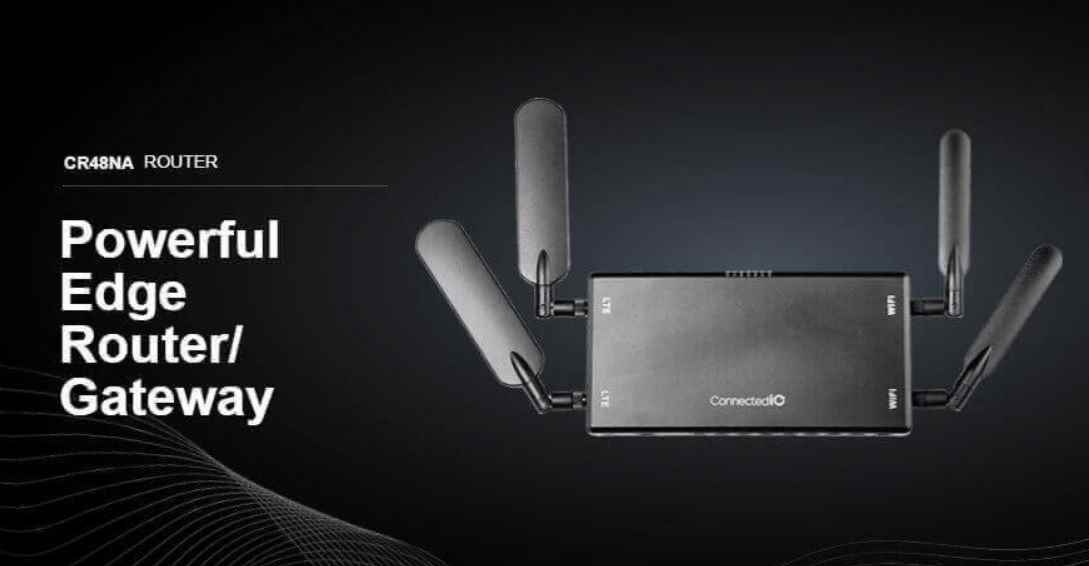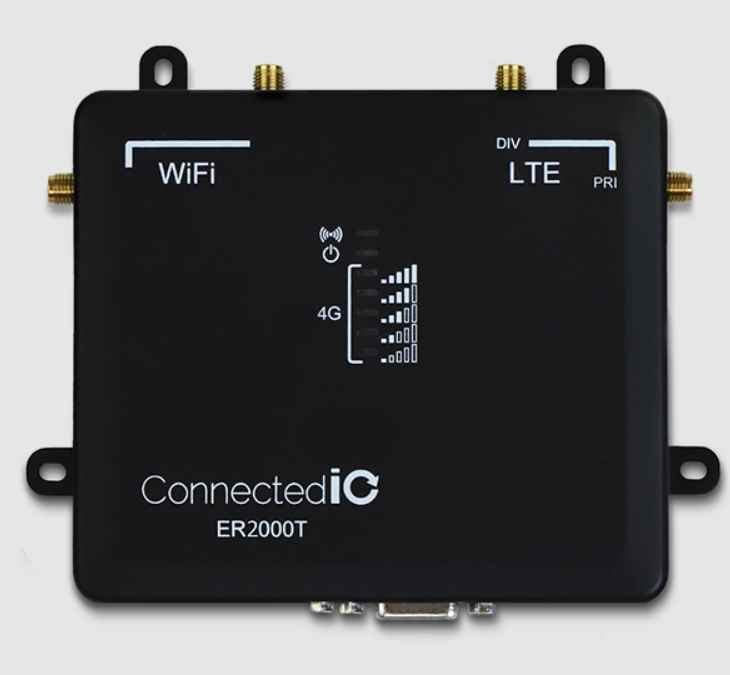Security Vulnerabilities in ConnectedIO’s 3G/4G Routers
ConnectedIO’s ER2000 edge routers are integral components in the contemporary digital communication infrastructure, facilitating robust 3G/4G network connectivity. These sophisticated devices are ubiquitously deployed across diverse sectors, including but not limited to healthcare, financial services, and manufacturing, serving as the backbone for secure and efficient data transmission operations. The ER2000 routers are renowned for their reliability and speed, which are imperative for the seamless functioning of various industry-specific applications.

Discovery of Vulnerabilities
A consortium of adept security researchers, engaged in the systematic examination of prevalent networking hardware, unearthed a series of critical vulnerabilities embedded within the ER2000 routers. This meticulous scrutiny of ConnectedIO’s hardware revealed that these vulnerabilities could be potentially exploited by adversaries to gain unauthorized access and exert control over the networks and devices tethered to these routers.
Detailed Examination of Each Vulnerability
Below is an exhaustive delineation of each identified vulnerability, accompanied by their respective remediation strategies:
1. CVE-2023-33375
- Description: This particular vulnerability is characterized by its capacity to enable attackers to remotely execute arbitrary code on devices tethered to the cloud without necessitating direct access. It predominantly affects ConnectedIO platform versions v2.1.0 and earlier, with the 4G ER2000 edge router and associated cloud services being particularly susceptible.
- Remediation: It is imperative for users to promptly transition to the latest firmware iteration released by ConnectedIO, effectively neutralizing the threat posed by this vulnerability.
- CVSS Score: 9.8 (Critical)
2. CVE-2023-33376
- Description: This vulnerability pertains to a discernible flaw within the MQTT communication protocol, integral for facilitating device-cloud connectivity. The presence of hard-coded authentication credentials can be exploited by malicious entities to register unauthorized devices and subsequently access sensitive MQTT messages.
- Remediation: Users are advised to update their devices to the firmware version that rectifies the hard-coded credentials issue and are encouraged to modify the default credentials during the initial device setup phase.
- CVSS Score: 9.1 (Critical)
3. CVE-2023-33377
- Description: This vulnerability empowers attackers to impersonate devices through the utilization of disclosed IMEI information, thereby enabling the execution of arbitrary commands via manipulated MQTT messages.
- Remediation: Users should implement the firmware updates that address this vulnerability and adopt stringent measures for the secure storage and handling of IMEI information.
- CVSS Score: 8.5 (High)
4. CVE-2023-33378
- Description: This security flaw allows attackers to execute arbitrary commands on all devices connected to the vulnerable router without necessitating additional authentication protocols, thereby jeopardizing the security integrity of devices and data alike.
- Remediation: Immediate application of the firmware updates released by ConnectedIO is strongly recommended to fortify device security.
- CVSS Score: 9.0 (Critical)
Risk and Impact Analysis
The exploitation of these identified vulnerabilities harbors the potential to inflict severe operational disruptions, unauthorized network infiltrations, and compromise of sensitive data. It is of paramount importance for organizations globally that utilize the affected devices to comprehend and acknowledge these risks, initiating immediate mitigative actions.

Mitigation Strategies and Response
In response to the identification of these vulnerabilities, ConnectedIO has been proactive in releasing firmware updates for the affected devices. It is incumbent upon users and network administrators to expediently apply these updates to fortify their devices against potential exploitation. Adherence to best practices in device security and regular firmware updates constitute a robust defense mechanism against these and prospective vulnerabilities.
The unearthing of these critical vulnerabilities within ConnectedIO’s routers accentuates the imperative need for heightened vigilance and proactive security postures in safeguarding digital devices and data assets. Users and network administrators are urged to expediently update their devices to the latest firmware iterations and rigorously adhere to established security best practices to mitigate the risks concomitant with these vulnerabilities. Through the adoption of preemptive security measures, stakeholders can ensure the integrity and security of their digital assets against looming cybersecurity threats.
Information security specialist, currently working as risk infrastructure specialist & investigator.
15 years of experience in risk and control process, security audit support, business continuity design and support, workgroup management and information security standards.
